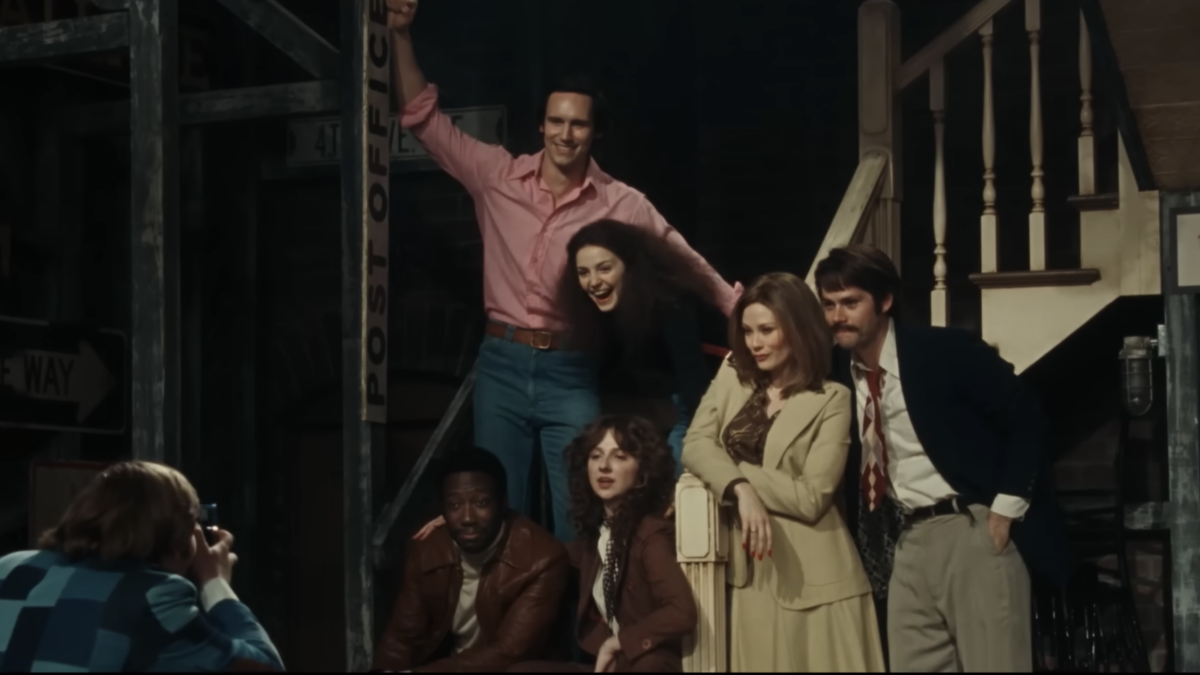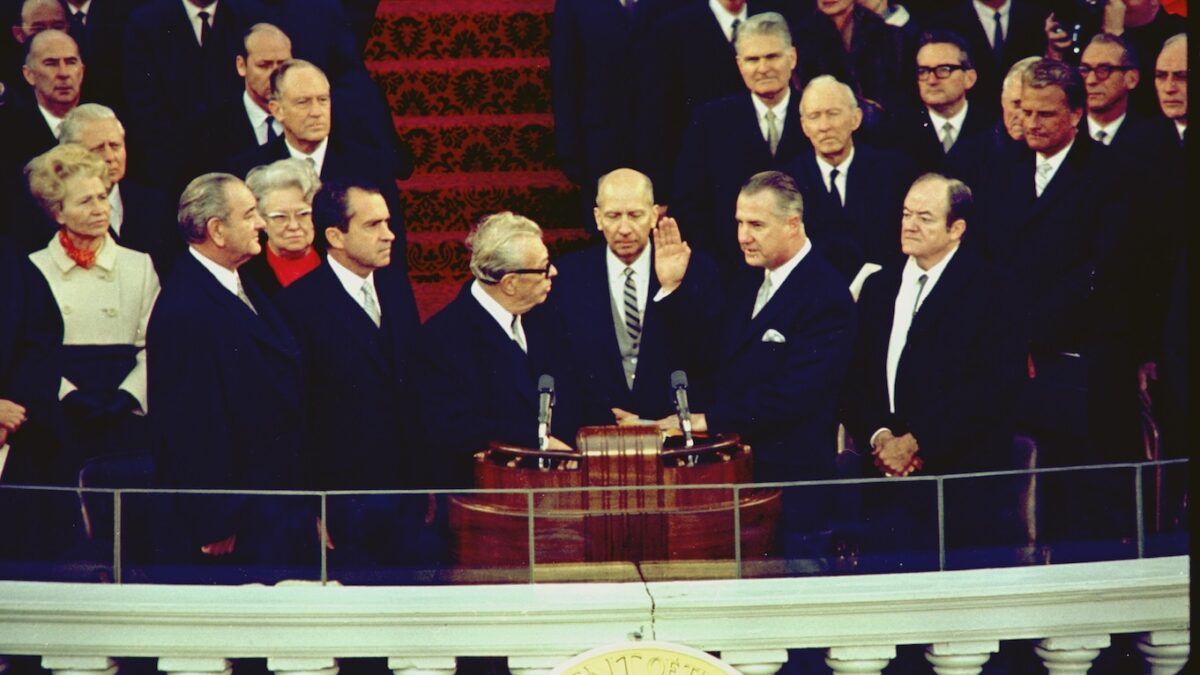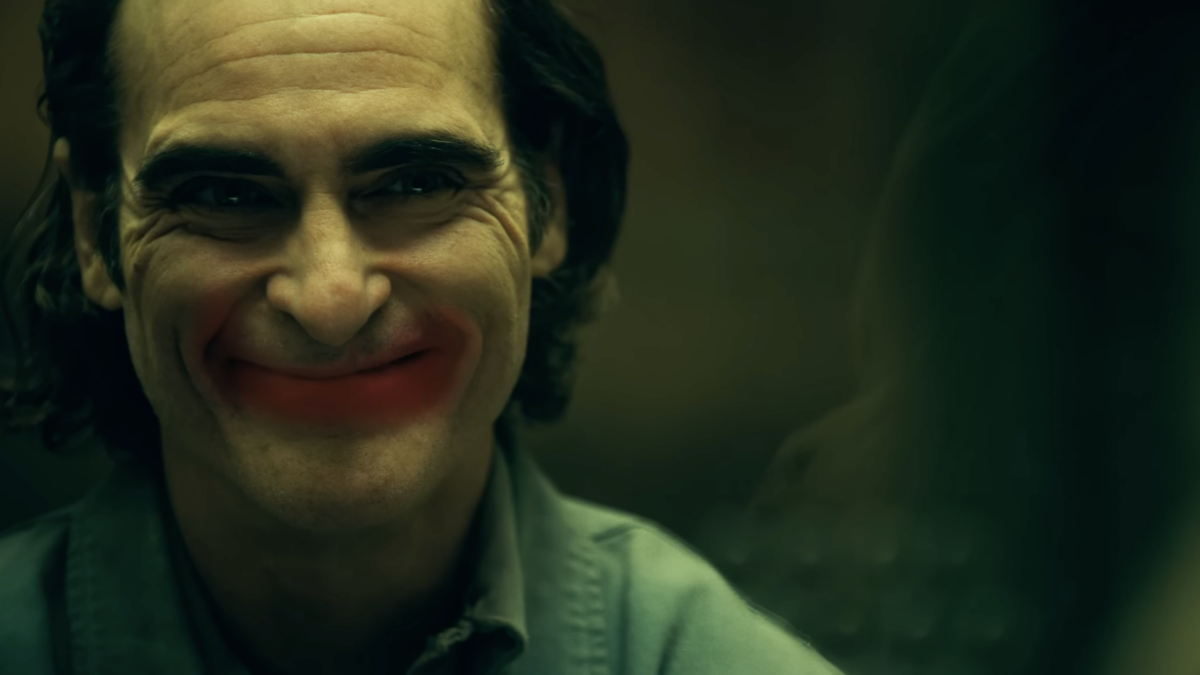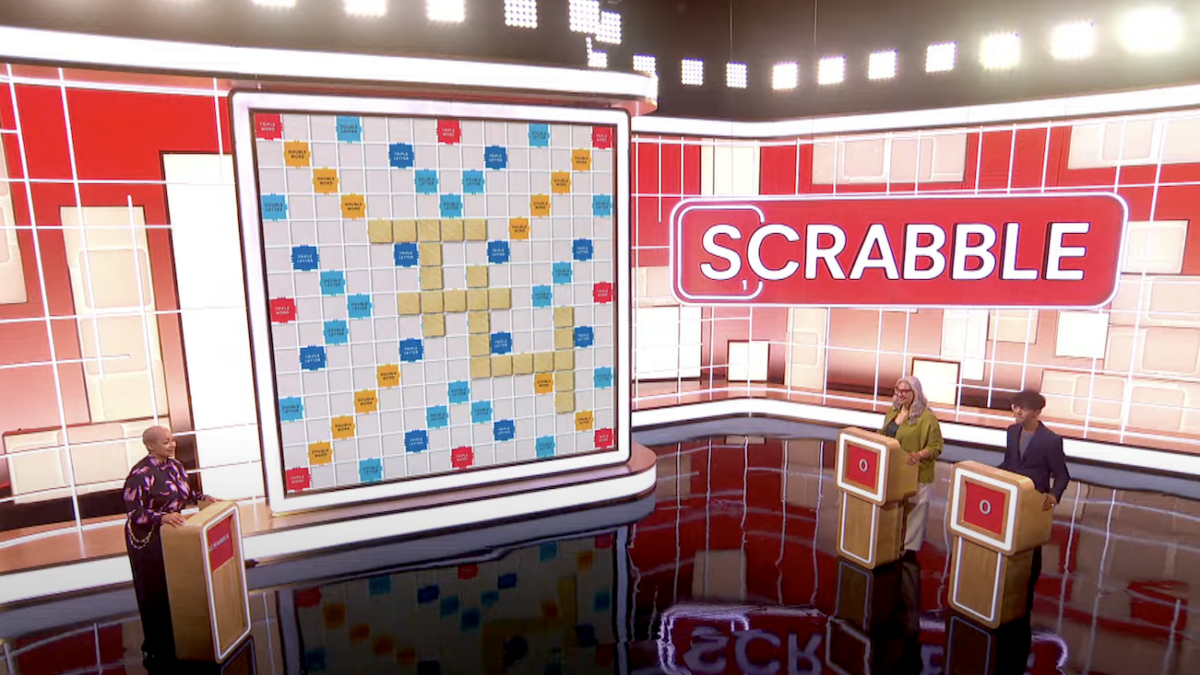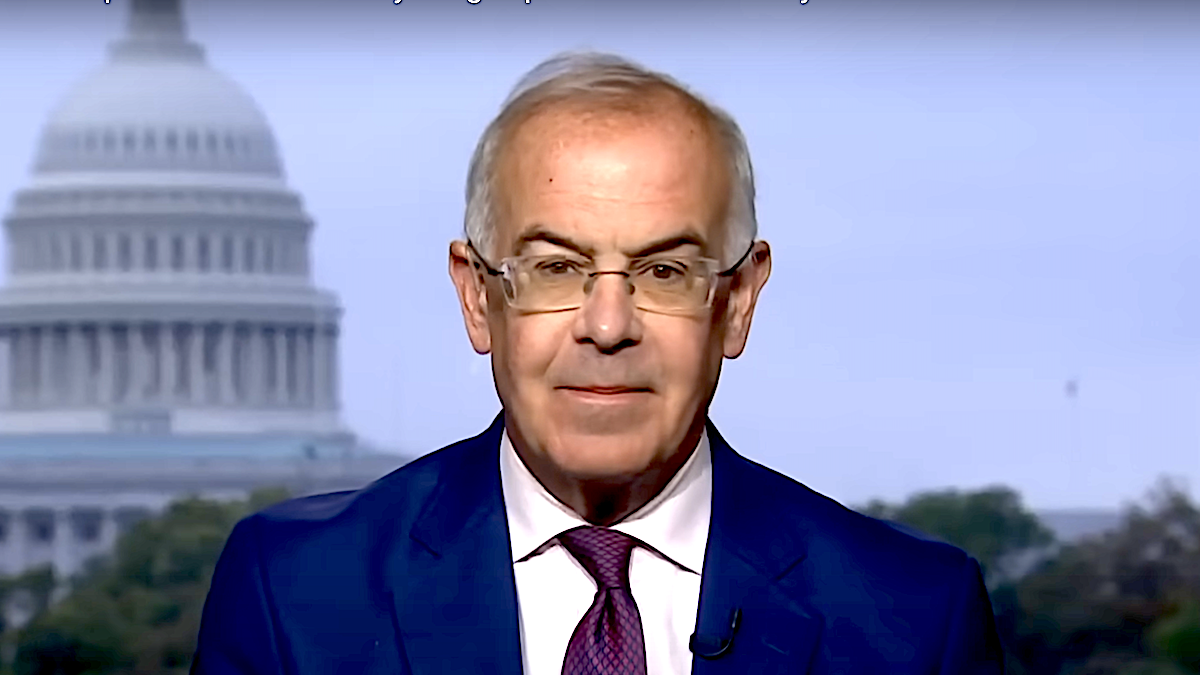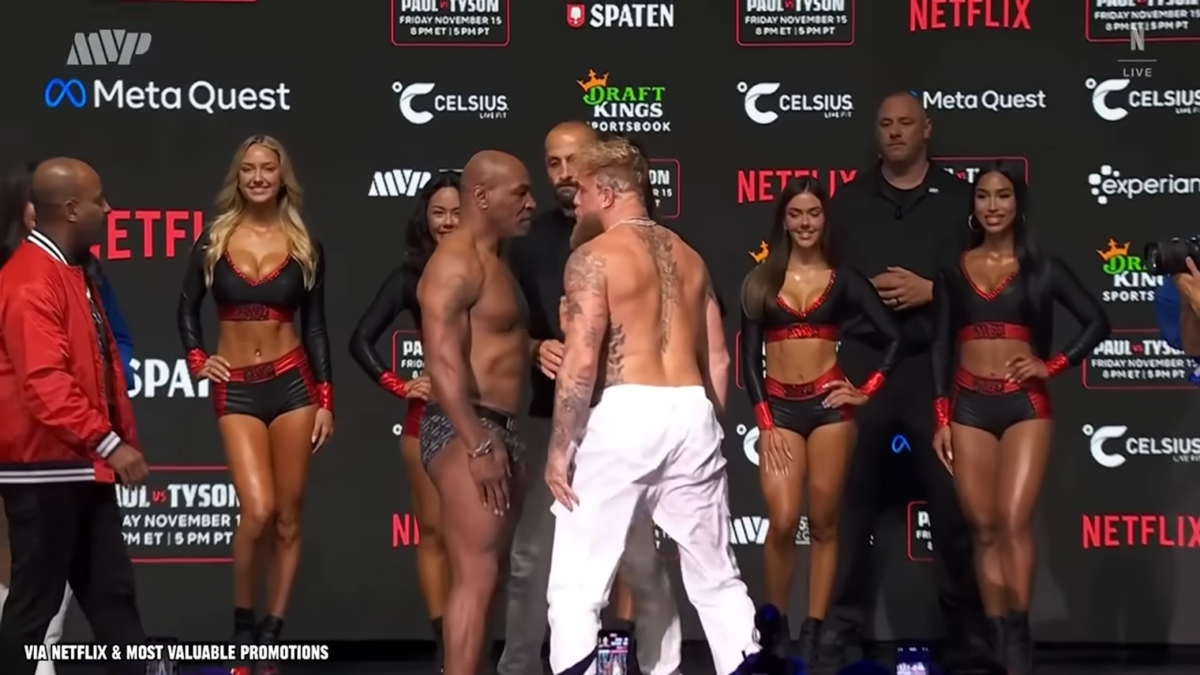
I recently got a call from my brother, John, complaining about a disturbing trend he just started to notice. Marvel recently released a comic turning Starlord, the fan-favorite character from “Guardians of the Galaxy,” into a polyamorous bisexual.
John isn’t an avid comic reader, but like many Americans, he enjoys the Marvel Cinematic Universe. “Why does Disney allow their people to mock fans?” he asked. He firmly pointed out: “If Disney is out of cash because of COVID-19, it seems pretty dumb to insult your audience.”
Pretty dumb indeed. Like many Americans, while stuck inside, John is discovering the woke corruption in nerd media. Fan scorn has long been the norm there. With the onset and ramifications of COVID-19, however, cracks are starting to show. As we say goodbye to 2020, it’s worth exploring why certain nerd stewards got woke and went broke, while others continue to limp on by.
It Started With Comics
As noted in the Post Millennial, at the start of lockdown, the American comics industry was already dying. Sales have been down for quite some time and continue to decline. Worse, as comics shops perish, fans watch in horror has the industry turns each popular character into woke caricatures.
To name only a few, in 2020 we added “Superman Smashes the Klan,” black Batman, bisexual polyamorous Wolverine, Safe Space and Snowflake, and a non-binary black Flash. And who could have predicted sunsetting, so strange an enterprise that I would call it a conspiracy theory if I hadn’t seen the evidence?
At the heart of things, what continues to fuel this transformation is more related to faulty economics than politics. After the comics bubble burst in the 1990s, the industry began to decline. To address this problem, a convergence of interests asked: Why not make comics for the ladies?
One can imagine a DC Comics young executive in a bright blue suit with a PowerPoint, showcasing graphs about the “potential audience” among suburban people of color between the ages of 18 to 30. “Comics should change to please a more progressive demographic,” says our earnest visionary, “and if necessary, replace our readership.” True, on a spreadsheet, there are, theoretically, more non-buying young female comics readers than not.
Throughout western culture and business, one can see a similar pattern, from Gillette razors to NFL football to the Cartoon Network: Going woke to save the bank. The question is whether it works, and, thus far, the results are mixed at best.
The Effects of ‘Narrowcasting’
Many friends with bored children were surprised to find Cartoon Network evangelizing for the radical left in 2020. At the start of the George Floyd riots, Toonami came out supporting Black Lives Matter. In December, the network featured an insidious PSA about race and embarked on a campaign to encourage young kids to embrace their inner “zhe/zher” alternative gender pronouns.
That’s a lot of woke, and it came in response to a 10-year trend of slaughtered ratings and rapid abandonment as children and young adults decide they’d rather watch Minecraft videos on YouTube.
So, what to do when you can’t grow your audience? The “solution” can be seen via the same flawed thinking at CNN: Narrowcasting. Because excited eyeballs are as good as any other, you double-down and supercharge your remaining leftist audience, and, as a bonus, the media will praise you.
Do these strategies work? Not really. Nerds buy comics, the woke do not.
Fiscally, things are so remarkably dire that Brian Hibbs of Comicsbeat predicts DC Comics will give up making comics altogether by 2022. Yet activist comics writers and the journalists that cover them continue to mock fans for failing to be enthused by their oh-so-clever subversion.
Like rats on sinking ships, their understanding of their doomed situation comes much too late. It’s a death knell for comics — that is, comics made in the west.
Lessons from Otaku Mangaka
In Japan, on Amazon, and across the globe, Japanese comics are selling gangbusters. This year, the fantastic manga “Kimetsu no Yaiba (Demon Slayer)” broke the record for the best-selling comic in Japan, with more than 100 million comics sold.
To give you an idea of how gargantuan this is, consider that there are only 126 million people in the land of the rising sun. According to one survey by Oricon Monitor Research, more than 90 percent of Japan’s population knows about “Demon Slayer.” In another poll, school children reported admiring the hero of the comic — Tanjiro Kamado — more than they do their own parents.
Culturally and fiscally, we are comparing Japanese whales against American minnows here. For the comics industry, 100 million comics would be an absolute dream. Indeed, in 2019, the entirety of the western comics industry sold a combined 15.5 million units, and most of that is scholastic books and manga anyway. To view it another way, the total sales of the western comics industry amounts to just 10 percent of the sales for one trendy Japanese comic book.
What gives? Well, first and foremost, the Japanese comic book creators look at their supporters with adoration. In Japan, a culture with a much more conscious sense of respect and hierarchy, if a creator insults anyone or an actor breaks the law, they’re given the boot. Here in America, Amber Heard can be a known serial abuser failing upwards.
Instead of replacing their audience or talking down to fans, Japanese companies embrace them. As a strategy, it sometimes goes too far (“Dakimakura,” or character body pillows, are a real thing). But in return, for this complete support and lack of judgment, otaku fork over their yen and their hearts.
Enter: ‘The Mandalorian’
All is not seemingly lost, however. One major American company is returning to properly respect Nerdom.
Everyone and his mother appears to be caught up and blissfully swept away watching the second season finale of the adventures of Baby Yoda and friends. Yet it’s important to look back at the depths from which “The Mandalorian” has managed to ascend.
When Disney bought the intellectual property rights to “Star Wars” in 2012, Bob Iger ousted George Lucas not only physically but spiritually. New el Presidente of Lucasfilm, Kathleen Kennedy, stacked the story group with a group of almost entirely white female sycophants and woke bullies with little knowledge of the franchise, mocking fans while they purposely defenestrated Luke Skywalker and Han Solo.
What followed was not just an awful spate of trite films, failed theme parks, unreadable comics, and unwanted merchandise, but also short-sightedness. Not one piece of Baby Yoda merchandise was ready for Christmas 2019. Blinded by their obstinate desire to be a vehicle for social justice, Lucasfilm didn’t see Mando’s success coming.
Financial success didn’t seem to matter much to Kennedy. The wokening of “Star Wars,” unlike the comics industry, was based not on faulty economics, but a colossal misread of culture (an almost forgivable error when you mistakenly think you own a never-failing money-printing machine).
Unlike Kennedy, however, Jon Favreau and Dave Filoni understand “Star Wars” is best when it is being “Star Wars,” and just one year after creating “The Mandalorian,” Disney Plus ballooned to 86 million subscribers. In short, economics is forcing Disney to acknowledge that which by politics they refused to acknowledge.
What of the Exceptions?
A fundamental question remains to be answered, however: Why do some go woke and burn up while others thrive?
One explanation is that industries with a lower “entry cost” to consumers can more easily reach a mainstream audience by implementing woke strategies. Unlike comics, for instance, late-night comedy is straightforward, as such, there are plenty of left-wing Americans watching the dreadful Colbert.
Furthermore, many legacy media journalists still have a reasonable amount of bite and influence with progressive America. The Trump years were great for The New York Times. Gin up appropriate outrage and you can sell almost anything.
Yet patience is warranted. With “Star Wars,” the pushback took time — years. Comics degradation went on for two decades before a successful alternative appeared. The revenge of the nerds is a slow process, but it proceeds nonetheless.
Never forget Disney managed to do the impossible: run “Star Wars” dry and empty. The mere fact “The Last Jedi” existed was enough to doom “Solo” and create a whole movement — the Fandom Menace — forcing Iger to yell uncle. And, as we saw with the recent outrage over Pablo Hidalgo mocking a fan, just because we got Luke and Baby Yoda isn’t a free pass to go back to Rey and China.
If “Star Wars” returns to the awful wokeness of the sequel trilogy, Lucasfilm will reap the whirlwind and deserves all the financial punishment gets. While the nerd news media nevertheless complain about Disney daring to give fans what they want, Disney is finally starting to comprehend the truth. Fans like John understand what custodians of western popular culture ignore. If you want to make money from nerds, treat them right.
Western corporations may continue to play woke shell games, but for most it will mean continued humiliation, risking bankruptcy. 2020 was a horrible year, but it did one useful thing. It showed us “Get woke, Go Broke” isn’t just a meme.


